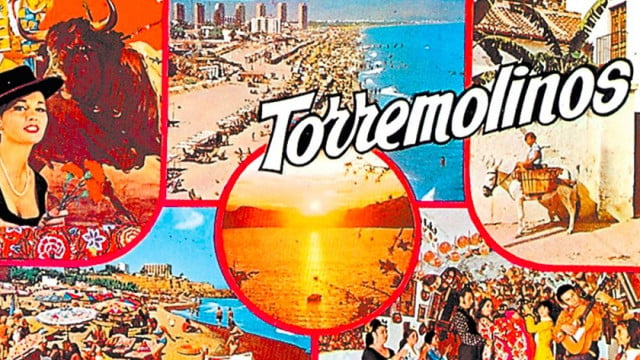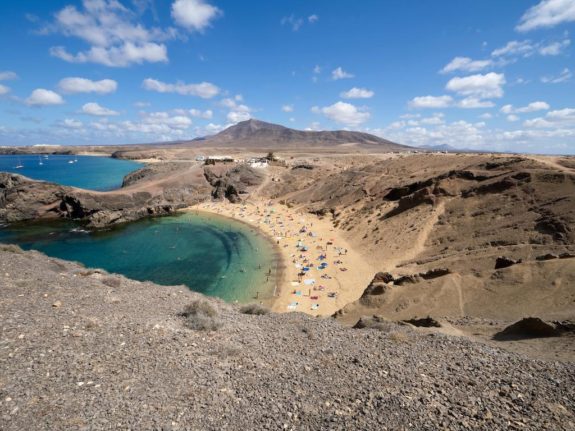Before news was on the ‘telly’, viewers would get their current affairs fix at the cinema.
British Pathé was a pioneer in this sense, gracing British audiences with their colourfully narrated newsreels and documentaries from as early as 1910.
Since then, the classic film company has uploaded thousands of these films onto YouTube, an amazing archive which has left viewers in awe, in part due to the videos’ breathtakingly casual sexism, racism and overall lack of political correctness.
(Scroll down to watch archive videos)

One of the light news segments the film company developed in the 1960s was named “The Magic Carpet”, a travel programme of sorts where the presenter, on or off camera, would give viewers a very ‘British’ account of life in a far-flung land.
Inevitably, Spain was often the focus of British Pathé’s ‘exotic’ documentaries, with an ample serving of the usual Andalusia-heavy stereotypes of flamenco and bullfighting.
But that doesn’t make these archive films any less captivating. They open a door into life in a very different Spain and – despite the buoyantly condescending tone of the newsreaders – they reveal how the British public was already falling for Spanish culture and, of course, its climate.
We’ve selected five of these Spain-themed hidden gems for your enjoyment. Remember to take the narration with a pinch of salt!
Canary Islands, 1962
British Pathé overlooks the Atlantic archipelago’s two major cities, Santa Cruz de Tenerife and Las Palmas de Gran Canaria, and focuses instead on traditions and working life in rural Canarias.
Banana plantations and fishing were central to the islands’ economy prior to the tourism boom, but by the 1960s the archipelago was undergoing fast development and had two major ports open to the world.
That makes the British newsreader’s comments, “where strange forgotten people have to grapple with the elements”, “poor by our civilized standards” and “there’s little these islanders need to learn beyond making sunshade hats and tying up tomatoes” pretentious at best. (Video starts at 0:27)
Jerez, 1964
The British film company takes a trip to the land of sherry, placing special emphasis on the influence British families and traditions have had in the otherwise dusty vineyards of Andalusia.
“You’ve more right to be here than even the Spaniards because 7 out every 10 bottles of sherry produced find their way to Britain,” the narrator claims.
Gibraltar, 1962
The narrator in this travel news package on Gibraltar goes on a bit of a rampage of patriotic and hyperbolic comments, starting off by calling The Rock “the most colourful corner that you can find in this wide, wide world”.
“We’ve made this fortress into a pleasure garden,” he adds proudly, as if to claim all the credit for Britain rather Gibraltar itself.
And never mind 5th Avenue, Las Ramblas or the Champs de l’Elysées, “Main Street Gibraltar is the centre of the universe.”
“Ask a policeman where you can find colourful life in the open air”. What seems to be this obsession with colour? Was England even bleaker then than it is now?
Barça vs Wolves, 1960
Ah yes, the Barcelona giants against the Black Country beasts. El Clásico of the sixties (maybe not).
In all honesty, British football commentators seemed as prepared then to sing the praises of Spanish teams over English ones as they do now.
“For skill and ball play it was Barcelona first, Wolves nowhere”. Brilliant.
Mock bullfighting in Hampstead (London), 1960
If you were wondering if British Pathé’s newsreaders were only politically incorrect towards foreigners, it may serve as some sort of feeble consolation to discover they were also outrageously sexist.
“The hard working bull is his wife,” says the narrator as he speaks of the Herrys, a London couple that have developed a passion for bullfighting.
“She no doubt feels that these perspiring exertions are preferable to slaving over a hot stove as other women do.”



 Please whitelist us to continue reading.
Please whitelist us to continue reading.